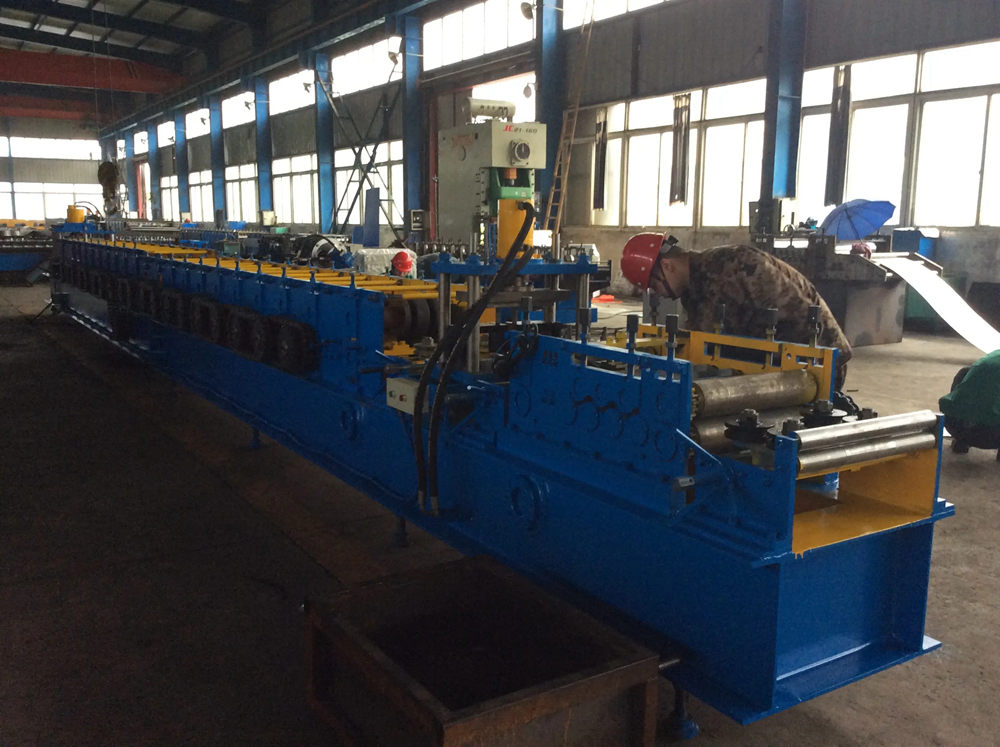The Evolution of Steel Bar Lattice Girder Welding Machines
In the ever-evolving world of construction and structural engineering, the efficiency and precision in the fabrication of structural components are paramount. One of the crucial innovations that have emerged in this domain is the steel bar lattice girder welding machine. This machinery has revolutionized the way girders are produced, offering a blend of automation, precision, and speed that traditional methods lacked.
Understanding Steel Bar Lattice Girders
Steel bar lattice girders serve as an essential element in the construction of various structures, particularly in bridge building and heavy framework construction. These girders consist of interlaced steel bars that provide exceptional strength while minimizing weight. Their design allows for effective load distribution, making them a preferred choice in modern engineering projects. The traditional method of fabricating these girders involved manual welding and assembly, which could be time-consuming and prone to human error.
The Role of Welding Machines
The advent of steel bar lattice girder welding machines has dramatically changed the landscape of girder production. These machines are engineered to automate the welding process, utilizing advanced technologies such as Electronic Control Systems and Computer Numerical Control (CNC). This automation not only speeds up the production process but ensures a level of precision that is difficult to achieve manually.
A typical steel bar lattice girder welding machine operates by sequentially laying out the steel bars according to predetermined designs. Once positioned, the machine employs various welding techniques, including MIG (Metal Inert Gas) and TIG (Tungsten Inert Gas) welding, to join the bars at precise points. The result is a robust, high-quality girder that meets the stringent standards of contemporary engineering practices.
steel bar lattice girder welding machine
Advantages of Modern Welding Machines
The advantages of using steel bar lattice girder welding machines are manifold. Firstly, the consistency of the welds produced by machines far surpasses that of manual welding. This uniformity leads to greater structural integrity, which is critical in applications where safety is paramount. Secondly, the speed of production is significantly enhanced. What once took hours of labor can now be accomplished within minutes, dramatically reducing project timelines and labor costs.
Moreover, modern welding machines are equipped with safety features that minimize the risk of accidents. They can operate with reduced human oversight, allowing workers to focus on other critical aspects of construction without being exposed to the hazards associated with manual welding. Additionally, the advanced technology used in these machines enables real-time monitoring of the welding process, ensuring that any discrepancies can be addressed immediately.
Environmental Considerations
Another noteworthy aspect of steel bar lattice girder welding machines is their potential for reducing environmental impact. Automated production processes are typically more efficient in terms of energy consumption and material usage. By minimizing waste and optimizing material use, they contribute to a more sustainable construction practice.
Conclusion
In conclusion, the steel bar lattice girder welding machine stands as a testament to the advancements in construction technology. It not only enhances the efficiency and precision of girder production but also plays a crucial role in ensuring the safety and integrity of the structures built with these components. As the construction industry continues to embrace automation and innovative technologies, the welding machine's role will only expand, paving the way for safer, faster, and more sustainable building practices.







